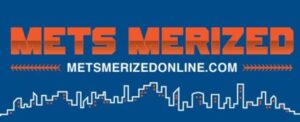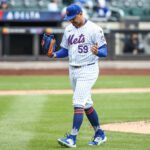
It’s the first (of what may be many) weekends with no baseball news. It has been just a few days, but it seems longer, doesn’t it? We have players changing their Twitter avatars to grayed-out figures, and MLB club sites saying things like “Third Baseman Bobblehead Day.”
It appears as though both sides have dug in for a protected battle. No new talks are scheduled at this point, though there is speculation that MLB and the MLBPA may find their way back to the bargaining table next week.
In an article by Ken Rosenthal published in The Athletic, there are some interesting points about average MLB players’ salaries, and their trajectory over recent years. Rosenthal points out that the average major league salary dropped 4.8 percent to just under $4.17 million on opening day from the start of the previous full season in 2019, and 6.4 percent since the start of the 2017 season, when it peaked at $4.45 million.
A couple of points to consider is that some well-paid players were not officially on opening day 2021 rosters (Dustin Pedroia, Rougned Odor, and Jake Odorizzi) and therefore not factored in. If their incomes were counted, the drop from 2019 to 2021 would have been 4.2 percent. Also, and maybe more importantly, roster expansion to 26 players in many cases added a lower-salaried player.
Jayson Stark, also in The Athletic, discussed that on-field rule changes have not been, and may not be, part of the current negotiations. We have heard about pitch clocks, robot umpires, shift modifications, and the “double hook” (if the starting pitcher is pinch-hit for, the team loses its DH for the rest of the game). None of these are being discussed, nor used as leverage in the labor dispute. Here is Commissioner Rob Manfred from Stark’s article:
“Frankly,” the commissioner said, “based on the discussions at the table, we saw it (rule changes) as another contentious issue and tried to put it to one side in an effort to get to an agreement – on the theory that we could deal with it mid-term of the next agreement.”
This work stoppage is primarily about, you guessed it, money. The union wants to find a way to increase the minimum salary and the players’ share of the game’s revenues. The players at the top of the compensation totem pole are just fine. The players see their middle and lower-level salaried brethren as being squeezed. They may be right.
The other primary issue remains that of league-wide competition. New Met and union-leade, Max Scherzer has said he will not sign any new deal that does not take away incentives for teams to “tank”, meaning enjoying their share of national revenues while keeping payrolls low and “earning” premium draft picks.
So, labor-wise, the beat goes on, or does not go on, depending upon perspective. It’s true that the real danger will kick in around mid-to-late January, when the on-time start of spring training may be impacted by the continuation of the lockout.
For now, we wait. We want baseball news. We want to see how Billy Eppler will round out the Mets’ roster. But we can have none of that. At least we can look at various teams’ promotion schedule and see when “Starting Pitcher Replica Jersey Day” may be.














